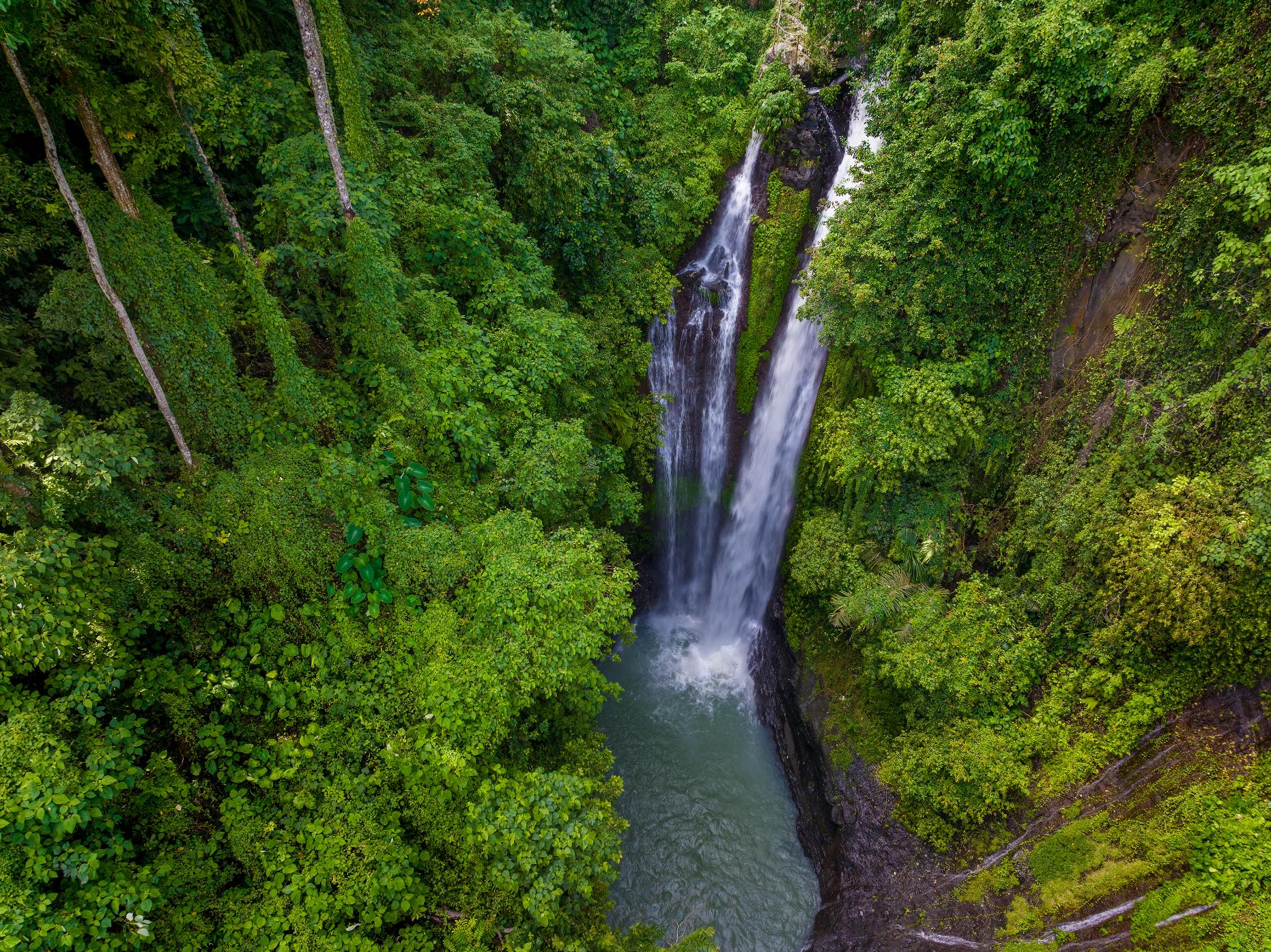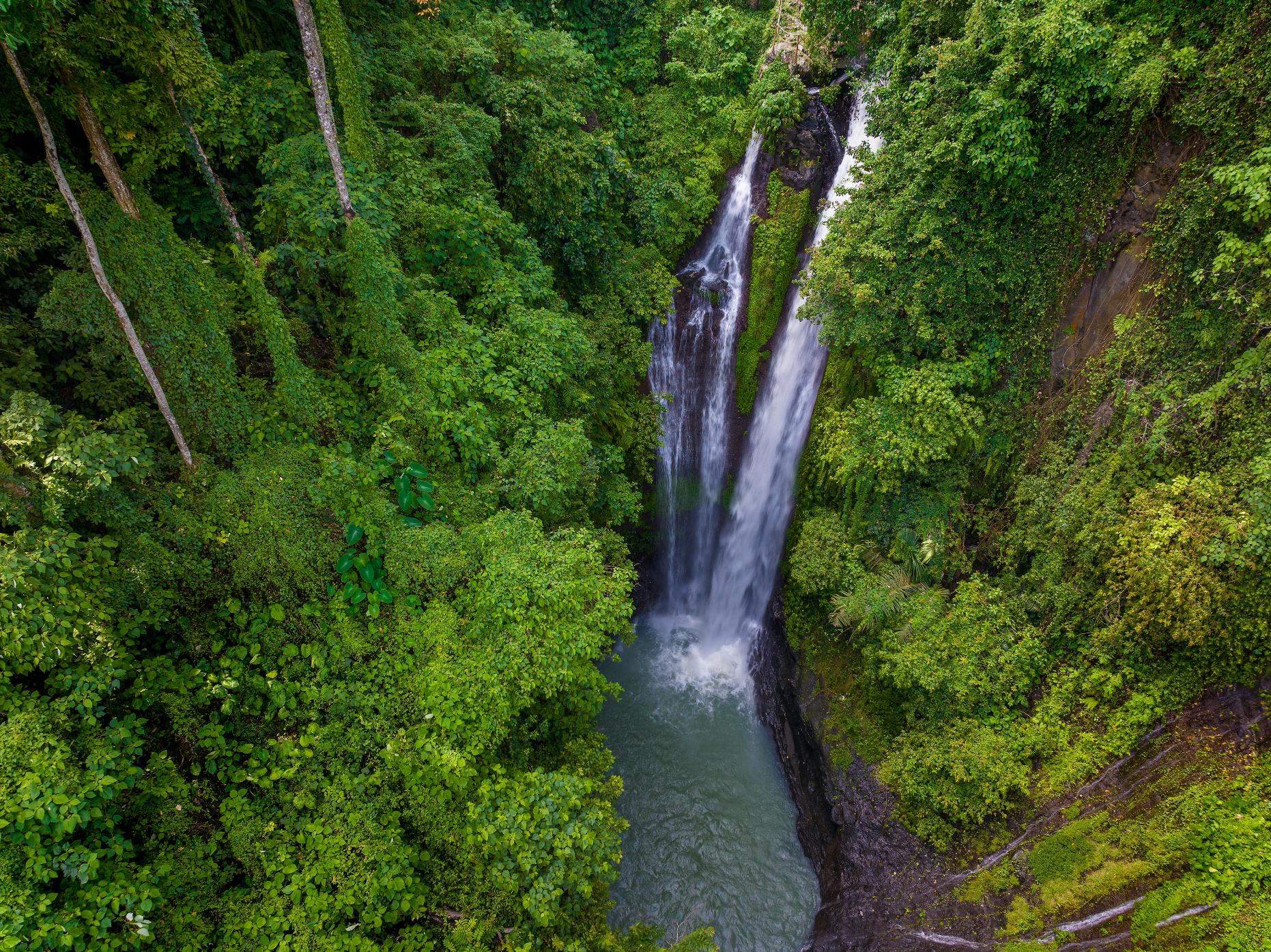
When most budding travellers think of Bali, they picture perfect sandy beaches, world-class surfing and bustling cities, from the cultural hub of Ubud to the sun loungers of Kuta. It’s no secret that this idyllic Indonesian island also suffers from elements of overtourism, but beyond the beaches and the beaten path, and particularly in the interior of Bali, there are still opportunities to discover the beauty of this island in absolute tranquillity.
Some people think that Bali is all about Kuta. By going coast-to-coast, we can show it’s really not. We want to show the different landscapes that Bali has.
A new multi-day coast-to-coast route across the island runs roughly 62 miles (100km), and allows hikers the chance to do just that. “Some people think that Bali is all about Kuta,” says Benny Onor, a tourism expert and local involved in the creation of the route. “By going coast-to-coast, we can show it’s really not. We want to show the different landscapes that Bali has. The trail goes through dense jungle, through rice fields and plantations, past waterfalls and up mountains. In some places along this route, you won’t find another tourist there at all.”
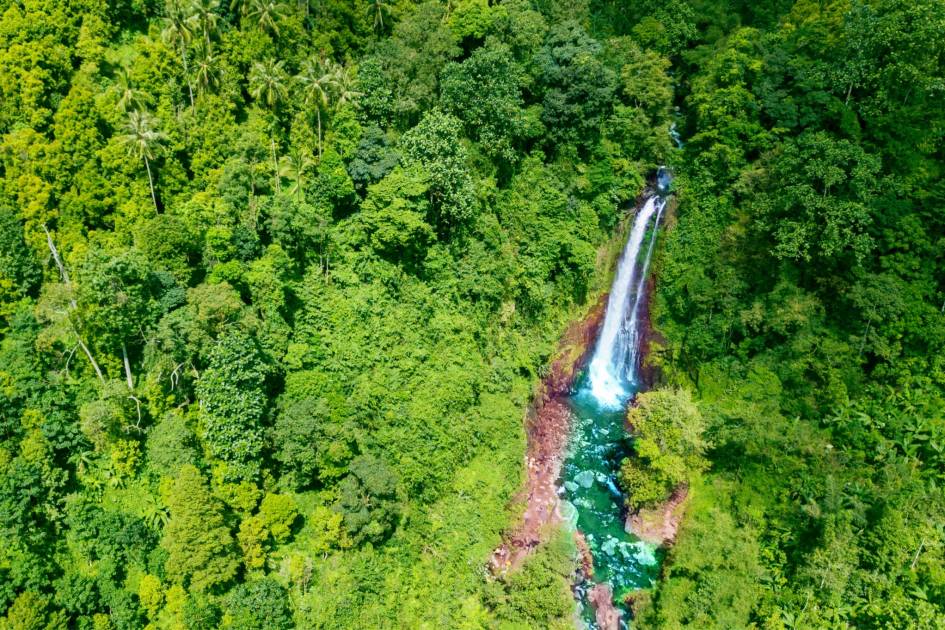
The coast to coast route starts on Batu Tampih Beach near Tabanan on the south coast of the island. You’ll then hike away from the hustle and bustle, visiting agricultural villages rarely seen by travellers, passing through those rice paddies and going up and over one of Bali’s highest volcanoes - the 2,276m Mount Batukaru. At the finish in Lovina in the north, kick back and recover on black sand beaches.
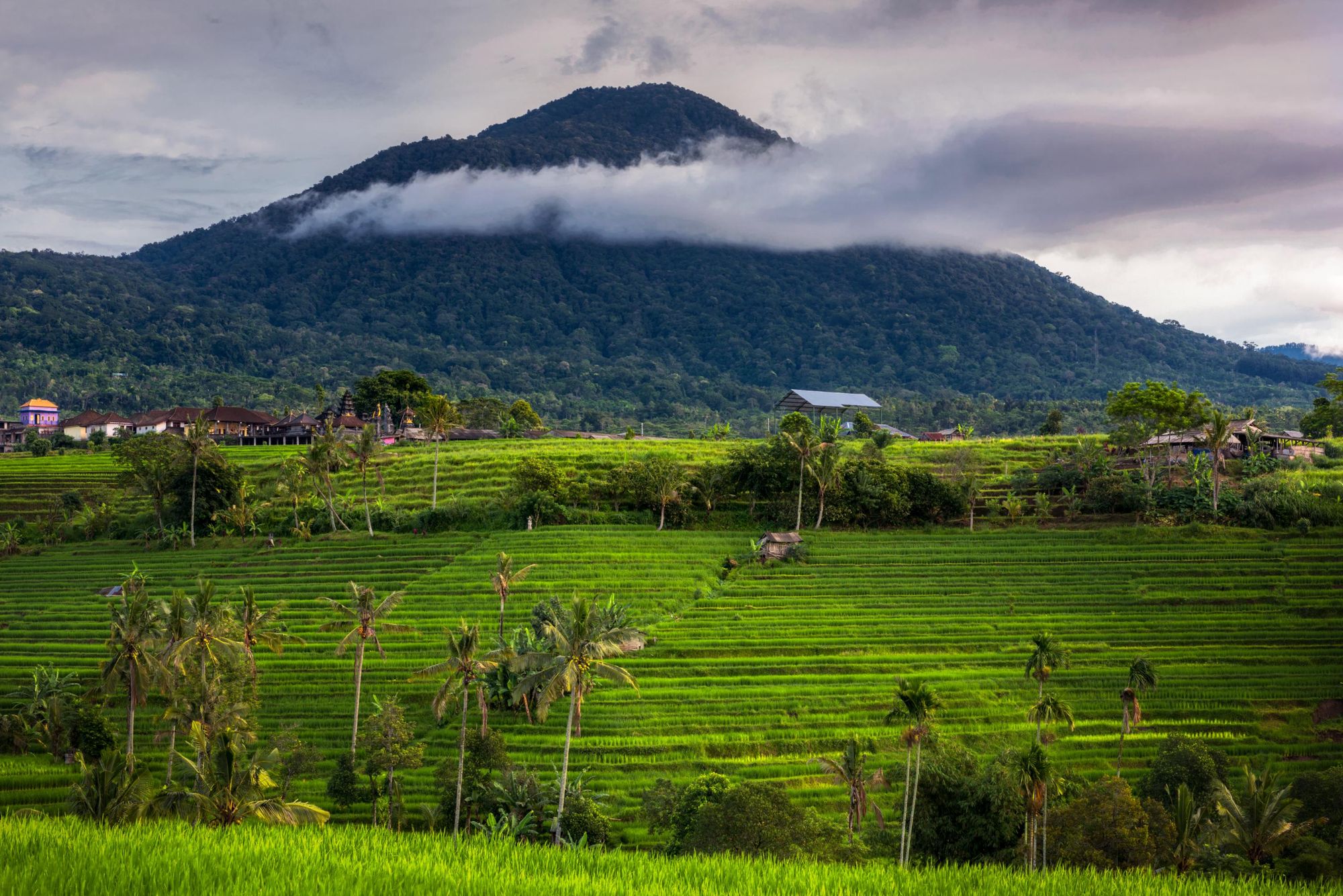
Ricky McKendry is another of the route’s creators. “We wanted it to be off the beaten track,” says Ricky. “We wanted to help develop a trail on the west side of Bali and go through areas where tourists have never gone before, but also, what’s really crucial is that we can benefit local communities along the way. Most trips go further south, east or north. We’re doing something new here - and everything we do is for the benefit of local communities.”
Hiking at 3am in the morning [...] it’s super quiet other than the jungle sounds and when you get a clearing in the jungle, there’s not much light pollution, so you have the starts to look at.
Culturally, Bali is distinct from the rest of Indonesia in that it is a predominantly Hindu society, and you’ll see signs of that around the island, not least while weaving through tiny villages like Megati, Kemetug and Belimbing. “You’ll see how ordinary people live in these villages, day by day,” says Benny. “If you’re lucky you might see ceremonies - not organised for tourism, but this is just how they do things. We can’t compare it to the south. It can be very, very remote.”
Emerald green fields turn to fragrant cocoa and coffee plantations lined with coconut palms. These landscapes are dotted with occasional temples, while sapi (cows) in the fields are a common sight. “Here in Bali, there isn’t so much big industry,” Benny explains, “but every family is doing their own thing.”
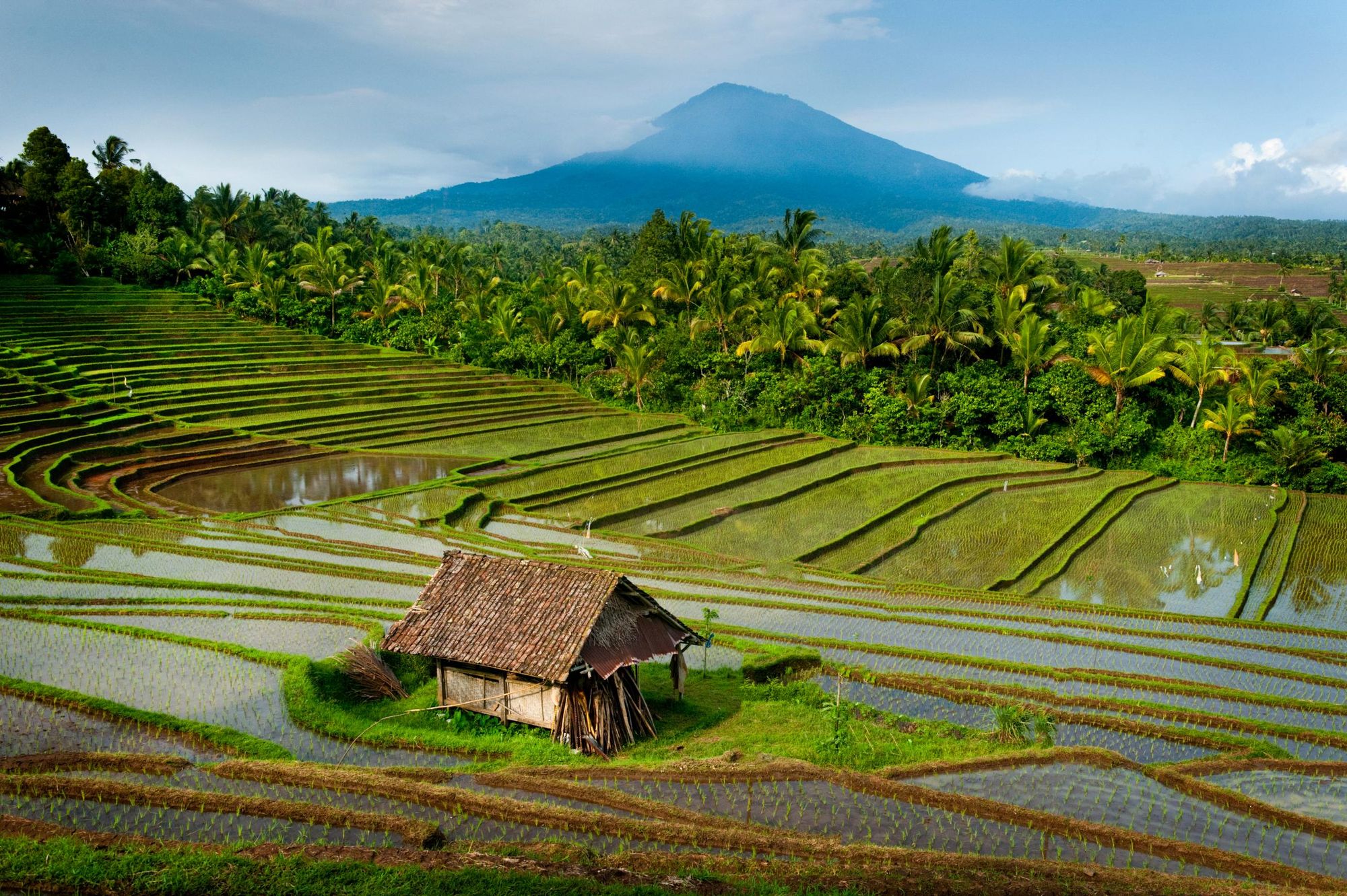
The rice fields you’ll pass through are home to globally significant farming techniques, too. The local subak system, connected to sowing rice and water irrigation, was included on the UNESCO World Heritage list in 2012.
The subak system was born to reflect the philosophy of Tri Hita Karana, born from the cultural exchange between Bali and India over the past 2,000 years and said to bring together the realms of the spirit, the human world and nature.
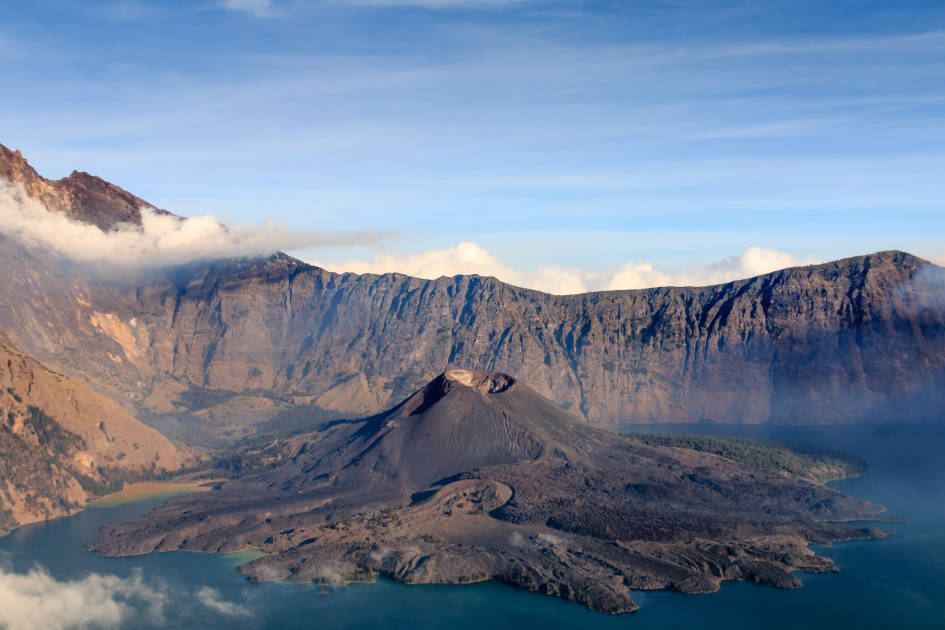
“It’s a very simple style of farming,” Ricky explains. “There's no machinery, really. It's all hard manual labour. Even to chase the birds off; the grandfather of the village might come out and shout at the birds. It's still all very traditional.”
Ricky continues: “We're in the mountains, and on volcanic rock, so we go through a lot of areas where the soil is rich. They can grow all the vegetables they need here, and you don't get that in the south of Bali. This makes Bali go around. To put it into context, if something happened tomorrow and Bali was cut off, Bali would survive, because they have all these micro industries going.”
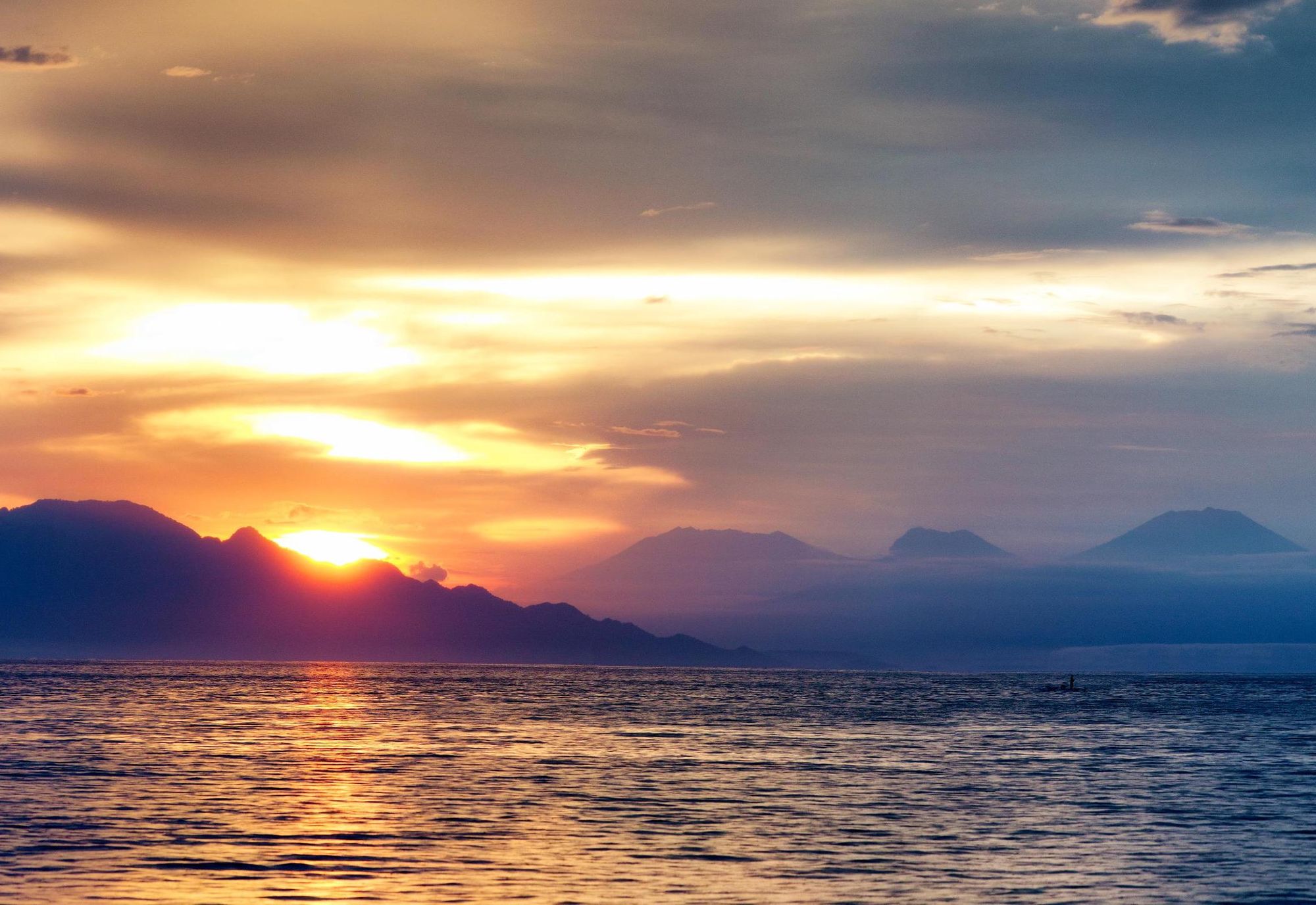
The highlight of the route, however, is perhaps the hike up the mighty Mount Batukaru. Setting off in the early hours of the morning - around 2am - the trek is lit by head torch and moonlight as you walk through ancient forest. The aim of leaving so early is to reach summit of this volcanic titan for sunrise.

“It’s going to be a challenging hike,” says Ricky. “You go through the jungle, then onto volcanic rock. It’ll test the legs. Hiking in the morning is chillier - which can be quite nice compared to the hot and sweaty daytime - but also remember, when you’re in these areas, there isn’t a large population, so it’s super quiet other than the jungle sounds and when you get a clearing in the jungle, there’s not much light pollution, so you have the stars to look at. It’s only when you get to the top and the sun rises that you see how high you are. That’s a nice surprise.”
Rather than do an out-and-back on the volcano, Benny designed a route which goes up and over it. “There's not many where you do that,” he says.
It’s only when you get to the top and the sun rises that you see how high you are.
Vibrant jungle, and orchards of clove, mangosteen, durian, and a plethora of exotic fruits follow as you enter into North Bali’s rainforests and head to that northern coast. You’ll hike to the Cemara Waterfall and refuel in the mist of its flow, before reaching the route culminates at the Aling Aling Waterfall, a truly idyllic fall which pours into a deep pool of water which is perfect for swimming.
From here, it’s on to Lovina, where you'll finish a route largely spent in remote, lesser-known parts of Bali in a resort town more commonly visited by tourists.
Sit on the black sands of Lovina Beach and watch dolphins jump on the water.
Inspired? Check out our coast to coast across Bali trip now!

